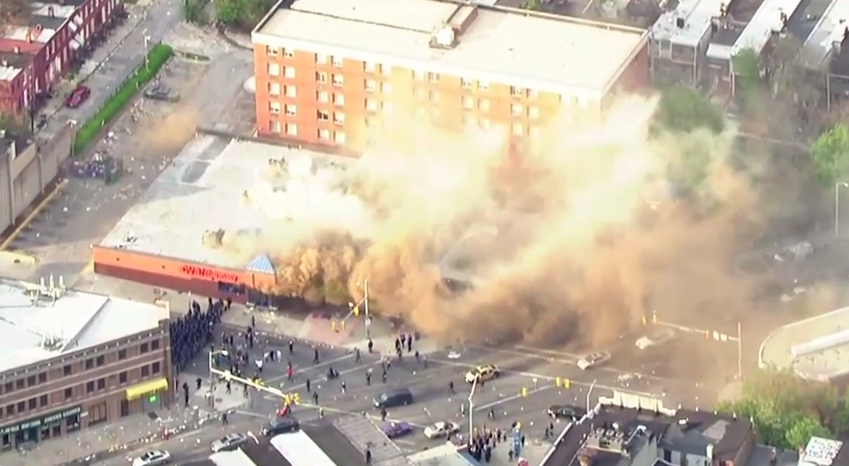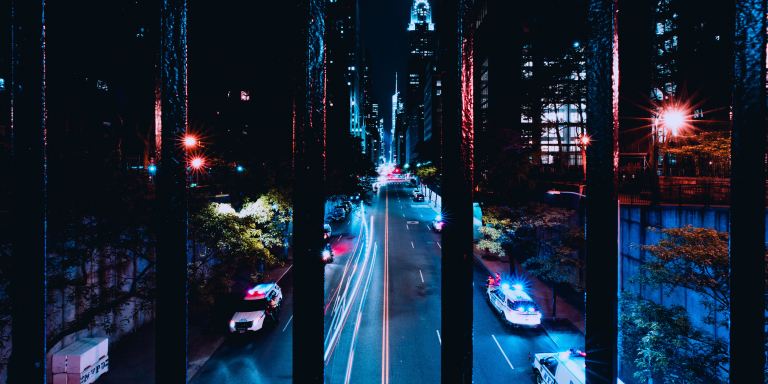
The following is an excerpt from Claudia Rankine’s Citizen: An American Lyric:
“The most notorious of Serena Williams’ detractors takes the form of Mariana Alves, the distinguished tennis chair umpire. In 2004 Alves was excused from officiating any more matches on the final day of the US Open after she made five bad calls against Serena in her semifinal matchup against fellow American Jennifer Capriati. The serves and returns Alves called out were landing, stunningly unreturned by Capriati, inside the lines, no discerning eyesite needed. Commentators, spectators, television viewers, lines judges, everyone could see the balls were good, everyone, apparently, except Alves. No one could understand what was happening. Serena, in her denim skirt, black sneaker boots, and dark mascara, began wagging her finger and saying “no, no, no”, as if by negating the moment she could propel us back into a legible world. Tennis superstar John McEnroe, given his own keen eye for injustice during his professional career, was shocked that Serena was able to hold it together after losing the match.
Though no-one was saying anything explicitly about Serena’s black body, you are not the only viewer who thought it was getting in the way of Alves’s sight line. One commentator said he hoped he wasn’t being unkind when he stated, Capriati wins it with the help of the umpires and line judges.” A year later that match would be credited for demonstrating the need for the speedy installation of Hawk-Eye, the line-calling technology that took the seeing away from the beholder. Now the umpire’s call can be challenged by a replay; however, back then after the match Serena said, “I’m very angry and bitter right now. I felt cheated. I just feel robbed.”
And though you feel outrage for Serena after that 2004 US Open, as the years go by, she seems to put Alves, and a lengthening list of other curious calls and oversights behind her as they happen.
Yes, and the body has memory. The physical carnage hauls more than its weight. The body is the threshold across which every objectionable call passes into consciousness — all the unintimidated, unblinking, and unflappable resilience does not erase the moments lived through, even as we are eternally stupid or everlastingly optimistic, so ready to be inside, among, a part of the games.
And here is Serena, five years later after Alves, back at the US Open, again in a semifinal match, this time against Belgium’s Kim Clijsters. Serena is not playing well and loses the first set. In response she smashed her racket on the court. Now McEnroe isn’t stunned by her ability to hold herself together and is moved to say, “That’s the angriest I’ve ever seen her.” The umpire gives her a warning; another violation will mean a point penalty.
She is in her second set at the critical moment of 5–6 in Clijsters’ favor, serving to stay in the match, at match point. The line judge employed by the US Open to watch Serena’s body, her every move, says Serena stepped on the line while serving. What? What! Are you serious? She is serious; she has seen a foot fault, one no one else is able to locate despite the numerous replays.
As you look at the affable Kim Clijsters, you try to entertain the thought that this scenario could have played itself out the other way. And as Serena turns to the lineswoman and says, “I swear to God I’m fucking going to take this ball and shove it down your fucking throat, you hear that? I swear to God!” as offensive as her outburst is, it is difficult not to applaud her for reacting immediately to being thrown against a sharp white background. It is difficult not to applaud her for existing in the moment, for fighting crazily against the so-called wrongness of her body’s positioning at the service line.
She says in 2009 the words that should have been said to the umpire in 2004, the words that might have snapped Alves back into focus, a focus that would have acknowledged what was happening on the court. Now Serena’s reaction is read as insane.”
For many of us nestled behind the white picket fences of suburbia, it is easy to see the actions of rioters in Baltimore as insane. What are they looking to accomplish? Who are they helping by turning violent?
The riots come after the death of 25-year-old Freddie Gray who “mysteriously” died of a severe spinal injury after being taken into police custody.
Gray is just another name in a growing list of young black men brutalized by law enforcement, an institution that is supposed to offer protection to everyone. Equally.
In many ways I feel like I shouldn’t be writing this article. As a white man, I am shielded from many of the world’s injustices by my Caucasian privilege. I have no idea what people of color — such as Claudia Rankine — endure. But maybe that is the very reason why I should write this article. So that I can show that this isn’t just a black issue, or a white issue, but rather a human issue.
These riots are not just about one death at the hands of one police department. They are about two hundred years of slavery, one hundred years of Jim Crow, and a nation that still rigs the game in favor of a white majority. The violence of the rioters does not manifest itself unprovoked. They are answering almost three hundred years worth of violence. Their violence is not the initial aggression, nor is it the most severe, nor by the time you are reading this, the most recent, even.
What is the greater violence: robbing a store, or robbing a human of their right to breathe free?
Does this justify their actions? Does it help solve the problem? Is it acceptable behavior? Absolutely, unequivocally not. As Dr. King so eloquently put, “Returning violence for violence multiplies violence, adding deeper darkness to a night already devoid of stars.”
While it is not excusable, cruelty and desperation can push humanity to commit inexcusable deeds.
Just like Selena’s blow-up in 2009, these seemingly insane actions are a response to a slow drip of injustices, stemming from the mother of all injustices, steadily becoming too much to physically bear. The rioters are not animals. They are not scum. They are humans who are tired of being treated as less.
Racial tensions did not dissipate with one speech talking about one man’s dream. They will end with us all tying our dreams to the fate of our “other”.
Until we do that, we are going to be stuck just trading barbs in Facebook comments and sassy subtweets on Twitter. I think we are ready for something more than that. ![]()





